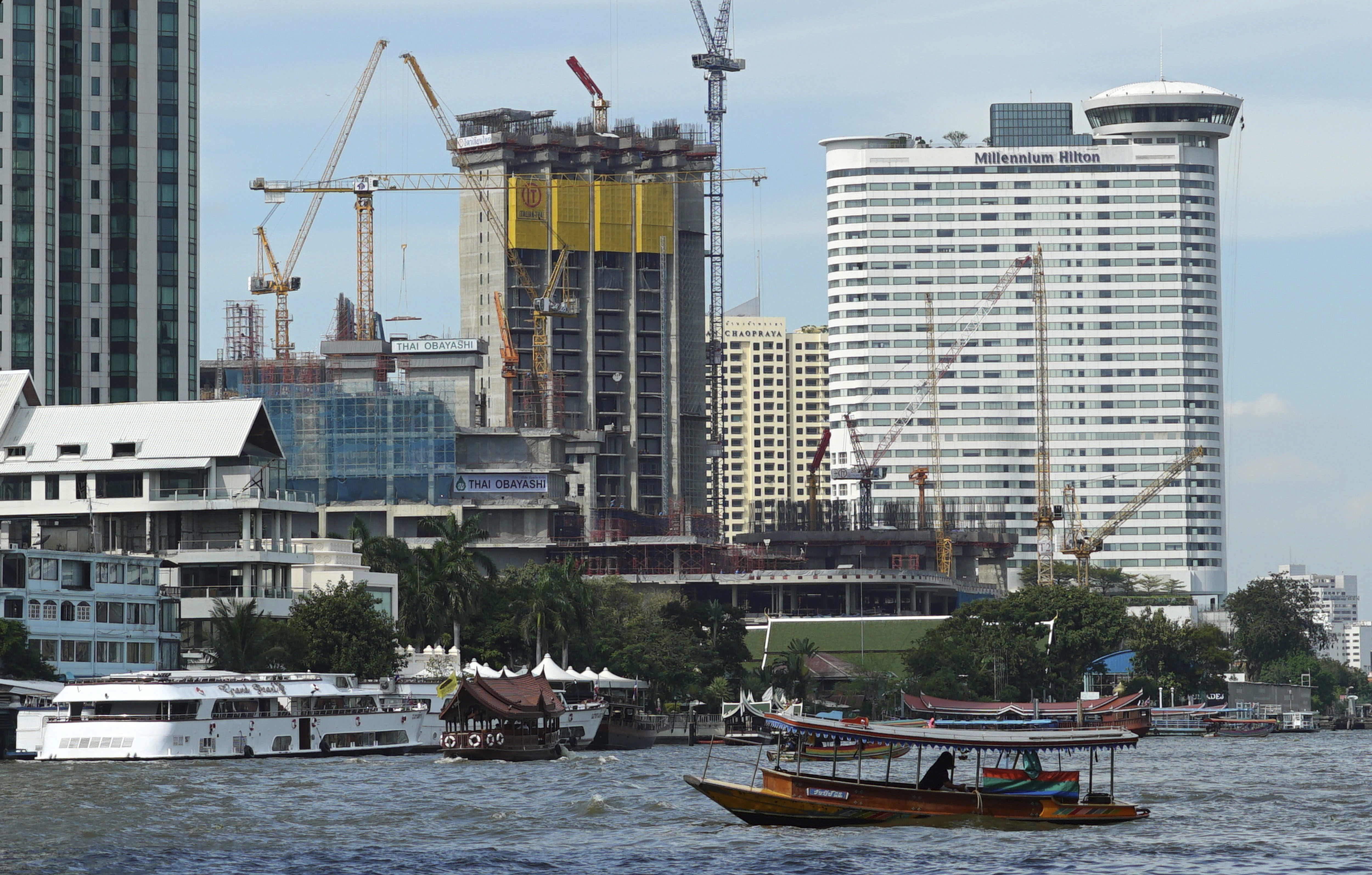Bangkok (AP) – A United Nations report says Asia’s economic outlook for 2017 is strong despite slowing global growth due to sluggish international trade and investment.
The world economy grew 2.2 percent in 2016, the slowest pace since the end of the 2008 financial crisis. Britain’s plan to leave the European Union and the election of Donald Trump as U.S. president are adding to uncertainty.
Despite a slowdown in China, Asia remains a “bright spot,” co-authors of the U.N. Economic and Social Commission for Asia and the Pacific (ESCAP) said in the report released last month.
Strong consumer demand and government spending helped make up for weak exports, as East and South Asia grew at a steady pace of 5.7 percent in 2016, level with the year before.
“Most economies in East Asia and South Asia, led by China and India, saw robust growth driven by strong expansion of domestic demand,” the report said.

South Asia is the world’s fastest-growing region, with 6.7 percent growth in 2016 projected to reach 6.9 percent in 2017 and 2018. India’s economy is projected to expand by 7.7 percent and 7.6 percent in 2017 and 2018, respectively. Since its exports are small relative to the size of its economy, India is largely insulated from global trade volatility.
China is making progress in shifting from export-oriented growth to tapping domestic demand, the report said. It estimated the Chinese economy grew 6.6 percent in 2016, despite a 6.8 percent contraction in exports for the year, as reported by the government.
Services are growing in importance in China, says Sompob Manarangsan, an economics professor at Thailand’s Chulalongkorn University. “There’s still quite some room for China to further develop by using their own domestic demand,” he said.
Trump has railed against existing free-trade agreements and threatened to impose punitive tariffs on some imports at a time when Asian economies have been gradually committing to wider opening of their own markets.
Sompob said China looked set to counter protectionist moves, given its stake in global trade.
“You see Xi Jingping, the president of China, going to join Davos to show how much he supports the market-based economy,” Sompob said, referring to an annual World Economic Forum gathering of global political and economic leaders being held in Switzerland this week. “China from now on is going to perform against what Donald Trump is going to do.”




